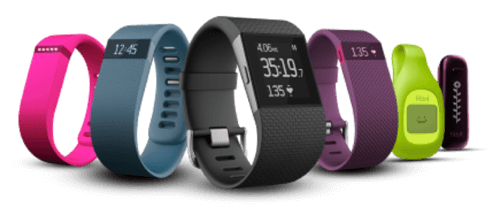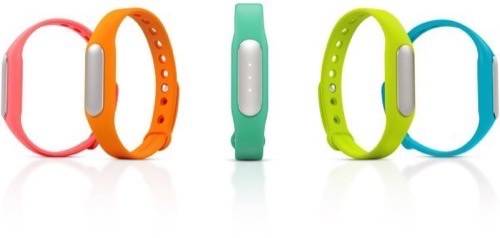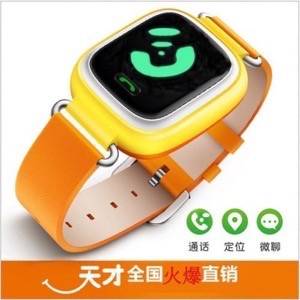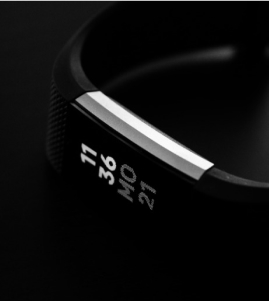
Quarterly figures released last week by International Data Corporation on sales of wearable tracking devices showed that Fitbit held steady in first position with 22% of the market.
When the Apple Watch was first announced, we expected it would cut into the fitness-tracking market. Instead, the Apple Watch has mostly hurt other smartwatch makers, like Samsung, which fell out of the top five this quarter.
Fitbit’s success stems from a number of factors. Its retail distribution is top-notch, and has been growing outside the US. Its latest trackers, the Fitbit Charge and Fitbit Surge, are selling well. And its signing up big sales to businesses that want to give fitness devices to their employees—like Target, which is including 335,000 workers in Fitbit’s Corporate Wellness program.
The Apple Watch, meanwhile, is selling well, thanks to its relatively more affordable Sport line. The release of WatchOS 2, which allows apps to take better advantage of the smartwatch’s built-in capabilities, may increase interest.

Xiaomi comes in third and offers an interest contrast to Apple. The company, best known as the top Android smartphone maker in China, sells fitness bands for less than $15.
“China has quickly emerged as the fastest-growing wearables market, attracting companies eager to compete on price and feature sets,” wrote Ramon Llamas, research manager for IDC’s wearables team, in the report. But Chinese companies like Xiaomi have struggled to extend their reach outside China. An example is fifth-place seller XTC, producer of the Y01 children’s phone watch.

Smaller companies hold 34% of the market, showing considerable fragmentation. There isn’t a single Android Wear manufacturer in the top five, despite a slew of new releases this year, suggesting that Google’s smartwatch operating system just isn’t taking off.
It seems like the real challenge for Fitbit isn’t coming from makers of other wrist-worn wearables. Instead, it’s the high drop-off rates seen by fitness trackers. Corporate wellness programs, which sometimes offer financial incentives to use the devices, might be an answer. For now, winning a market where people stop using devices after less than a year seems like a hollow prize.

















